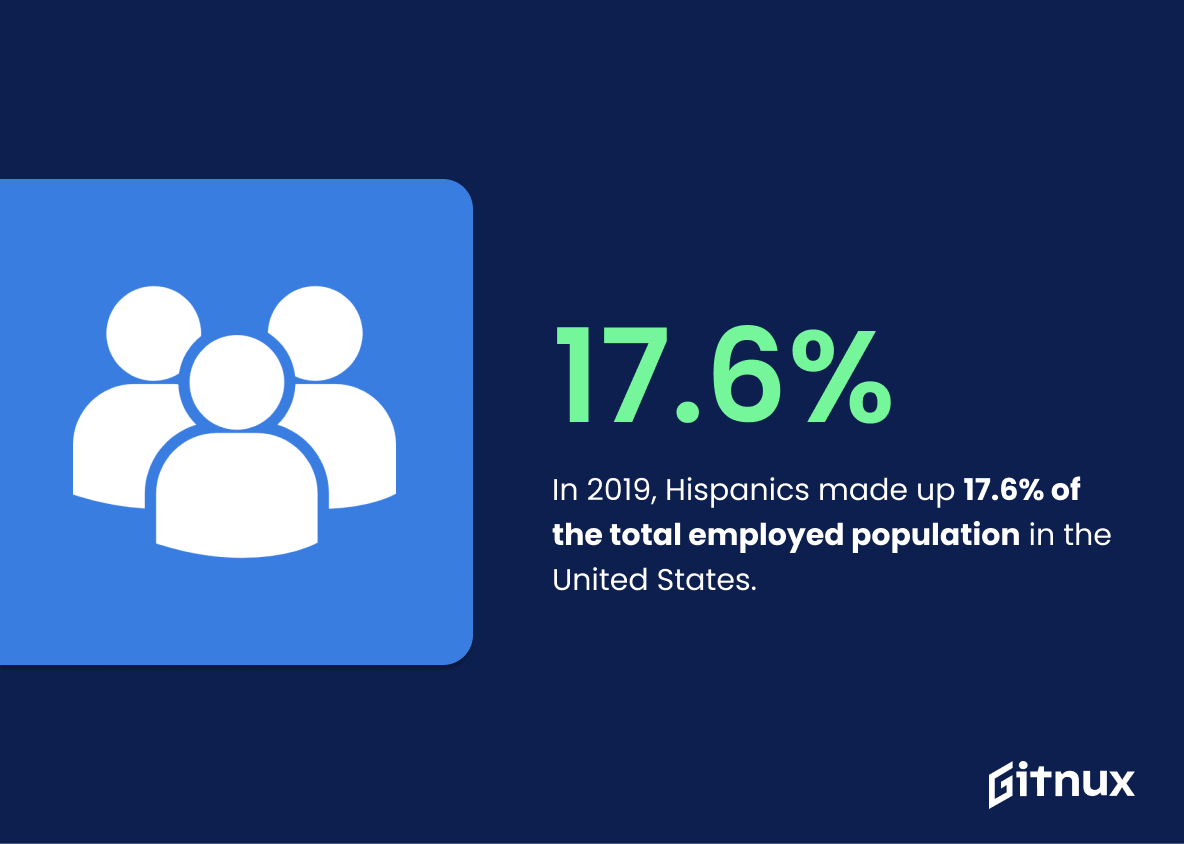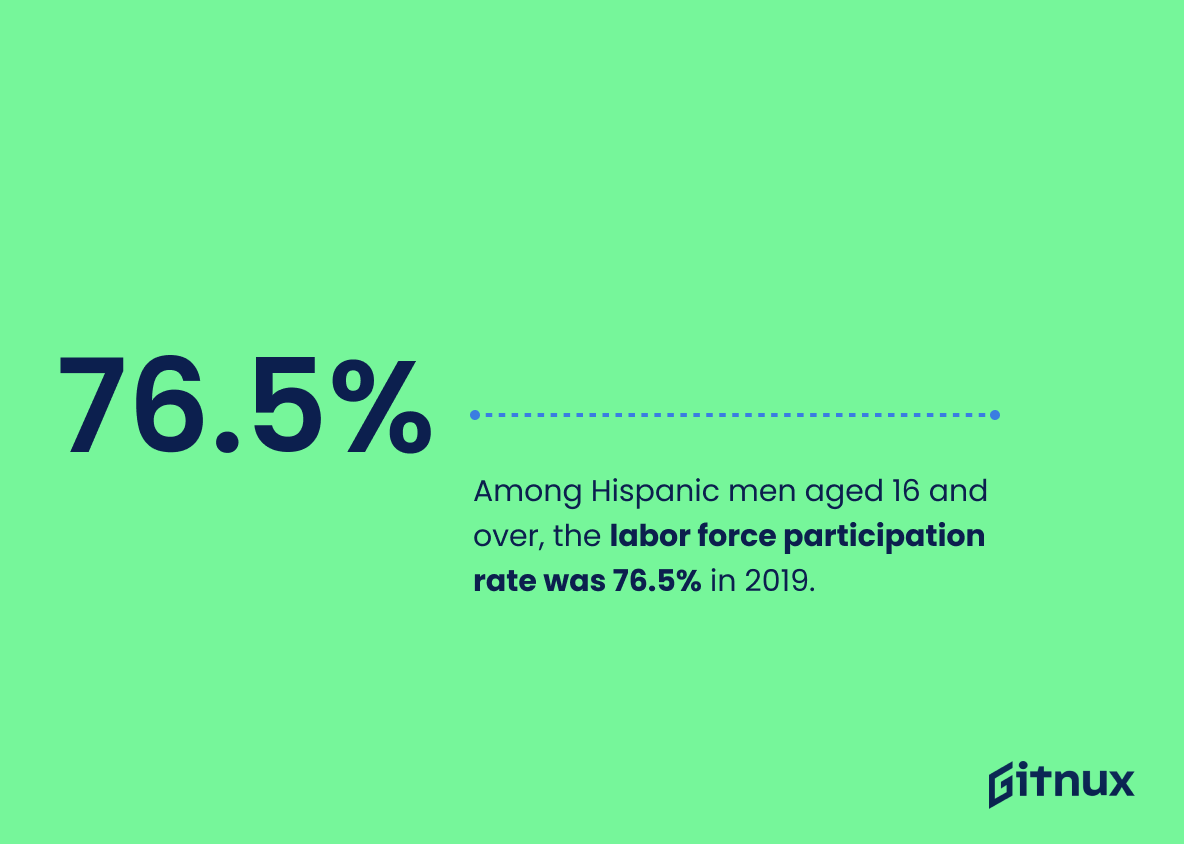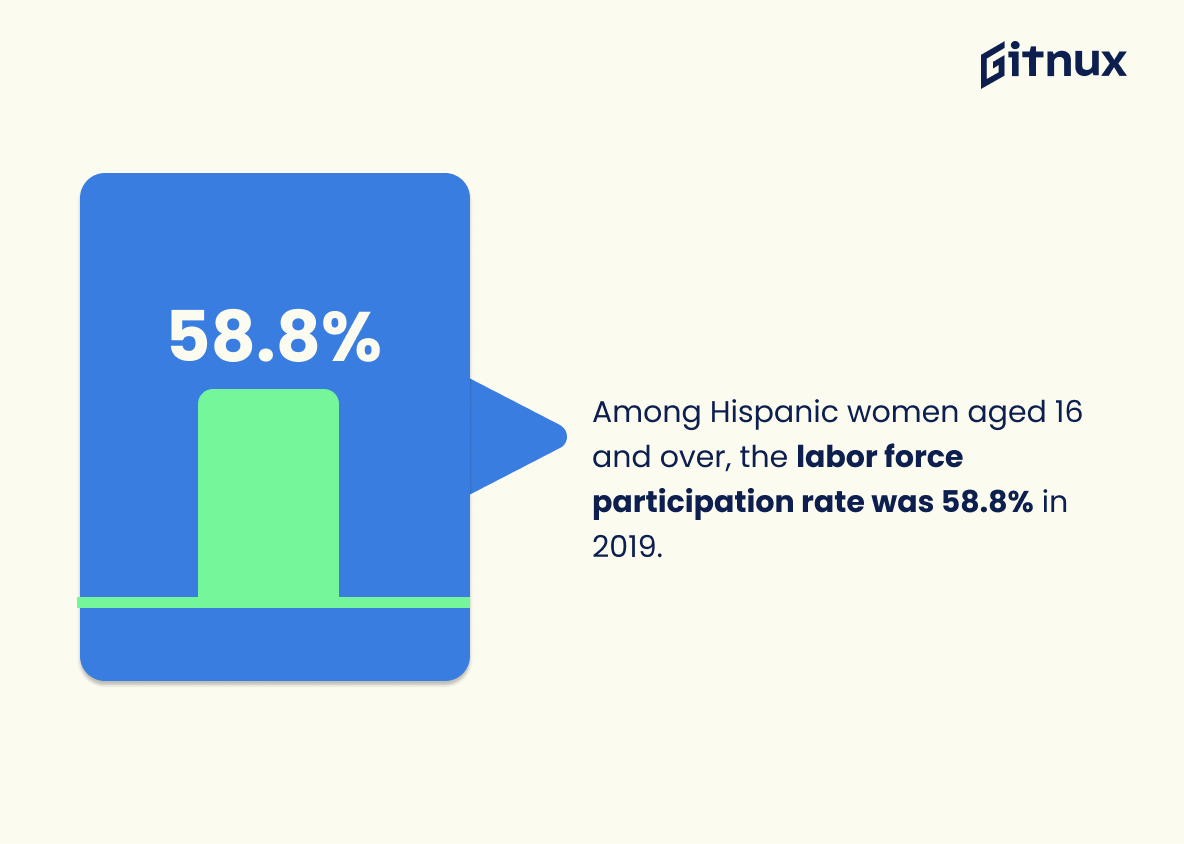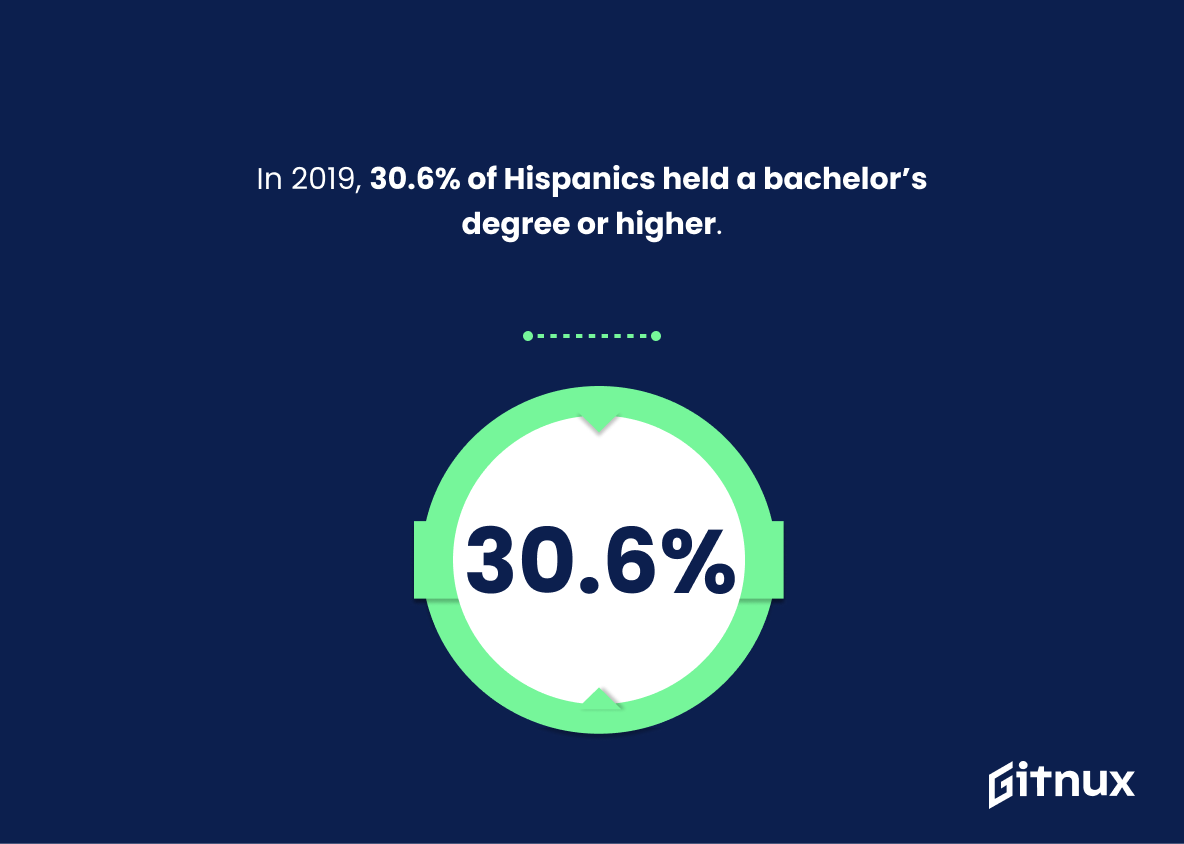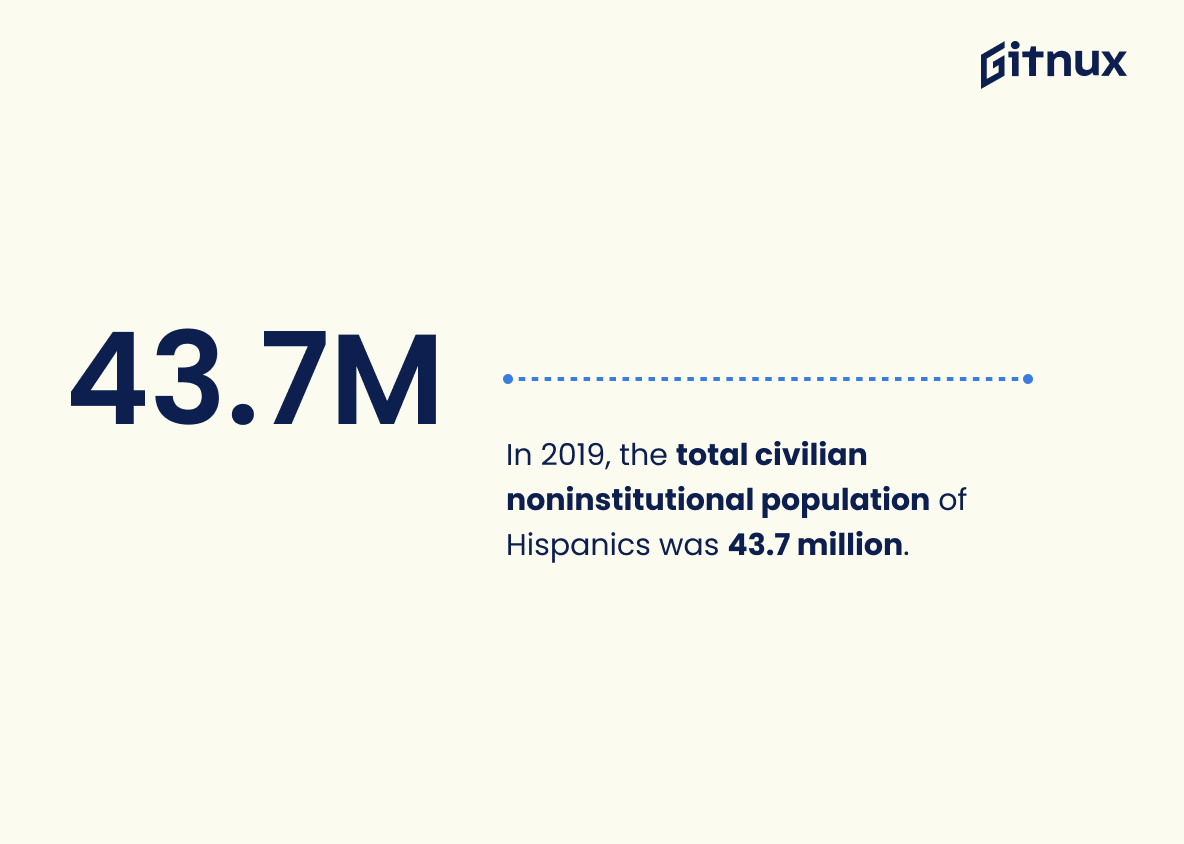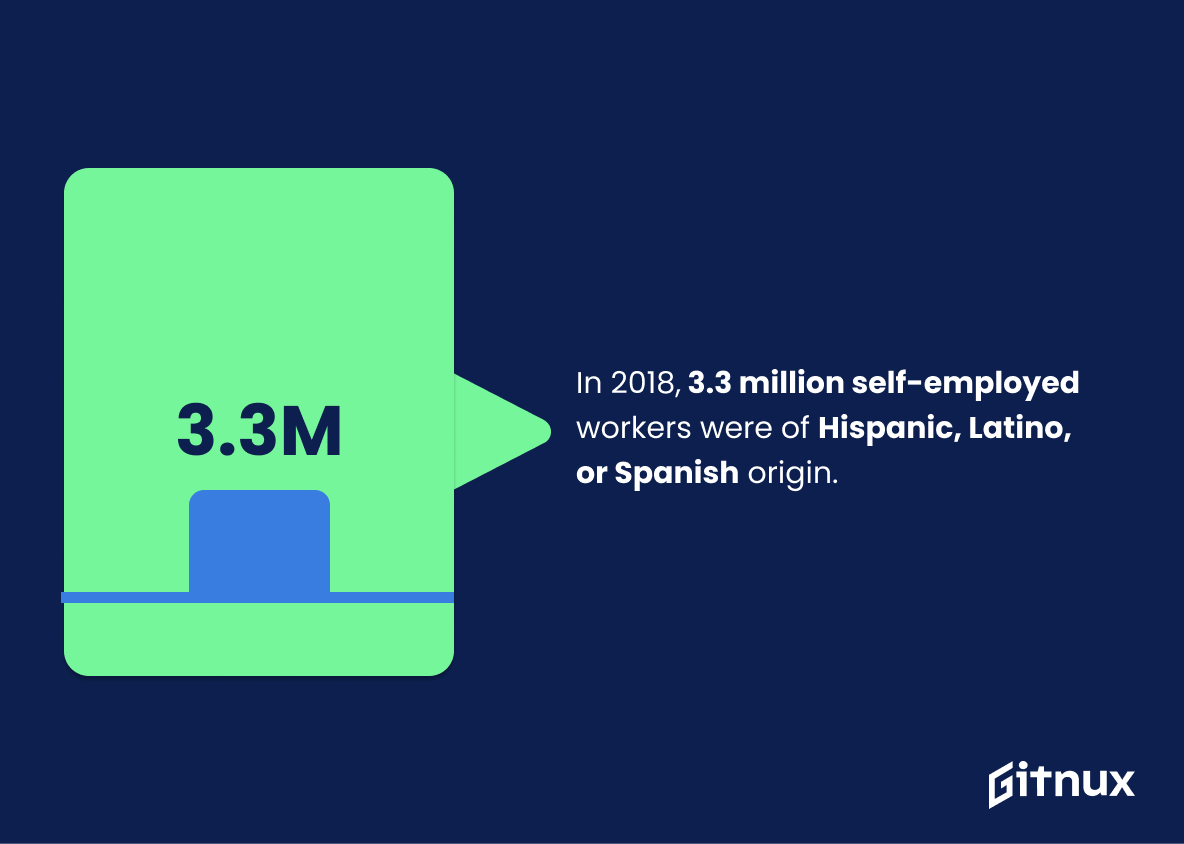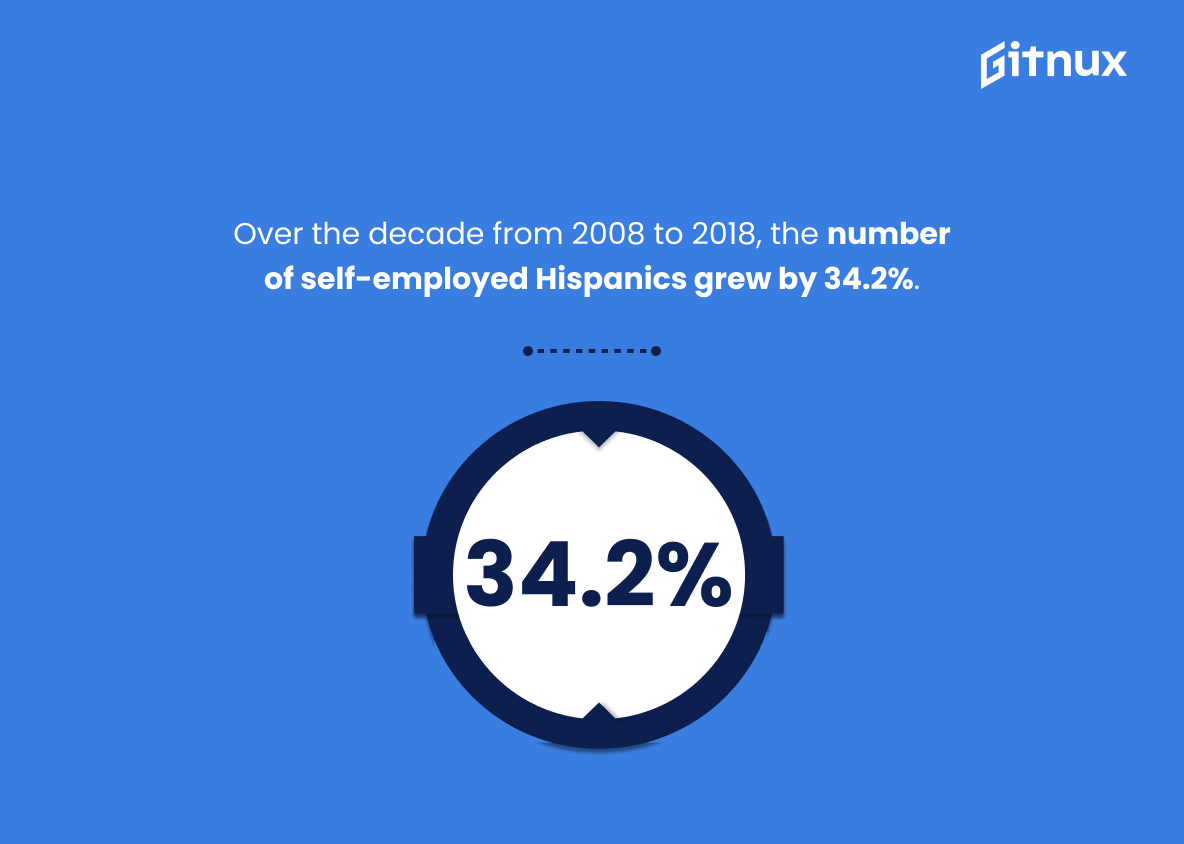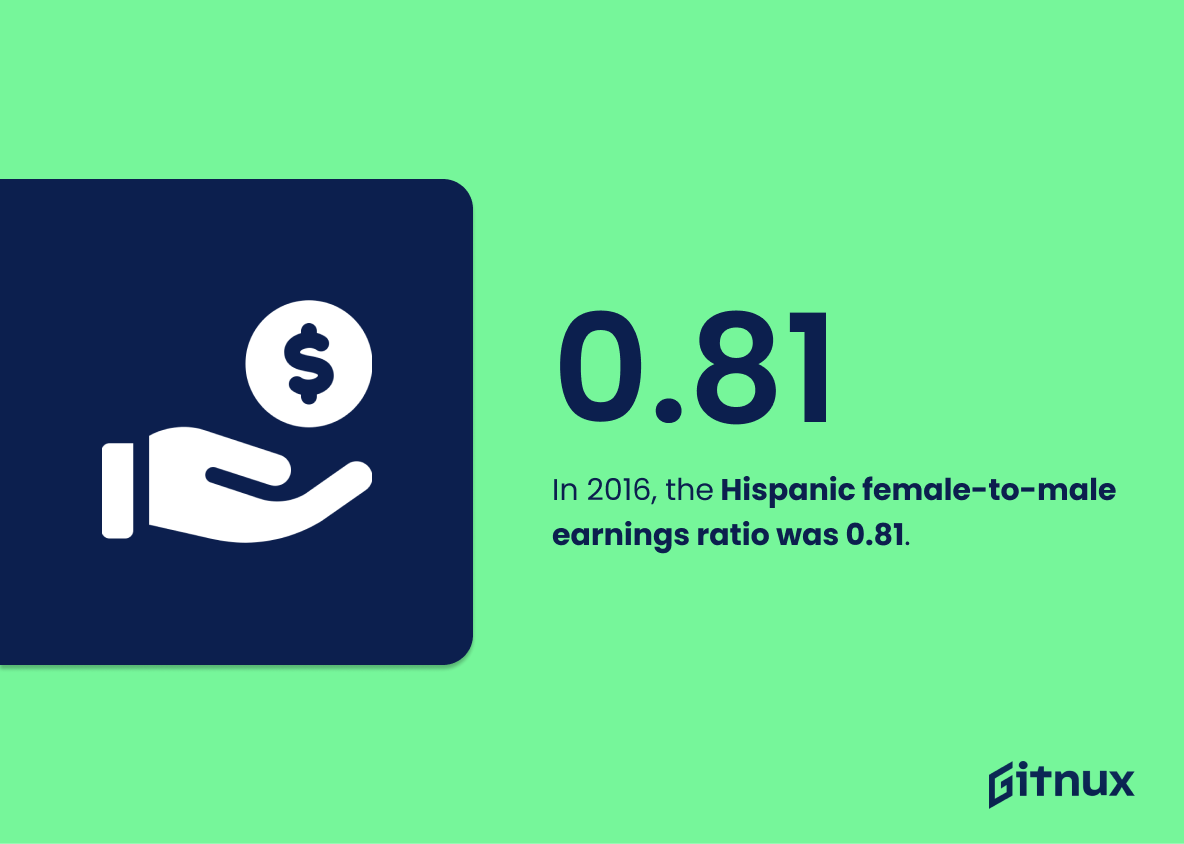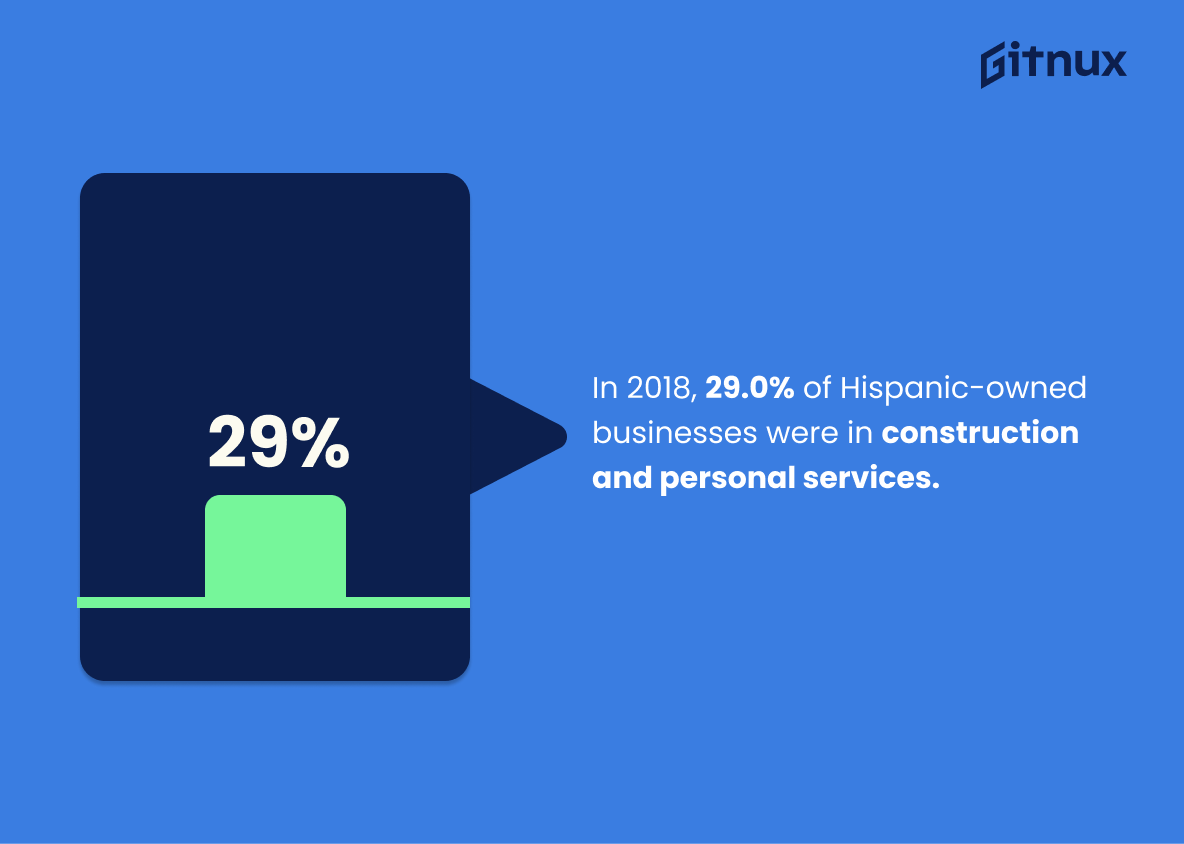The employment statistics of the Hispanic population in the United States are an important indicator of economic health and progress. This blog post will explore a variety of data points related to Hispanics’ labor force participation, wages, educational attainment, self-employment rates, and more. We’ll look at recent trends as well as projections for future growth in order to gain insight into how this demographic is faring economically.
The Hispanic unemployment rate of 8.5% in February 2021 is a telling statistic that speaks volumes about the current state of Hispanic employment in the United States. It is a stark reminder of the disparities that exist between Hispanic and non-Hispanic workers, and the need for further action to ensure that all members of the workforce have equal access to employment opportunities.
In 2019, 67.8% of Hispanics were participating in the labor force.
This statistic is a telling indication of the importance of Hispanic employment in the labor force. It highlights the fact that Hispanics are making up a significant portion of the workforce, and that their contributions are essential to the economy. It also serves as a reminder that Hispanics are an integral part of the American workforce, and that their presence should be respected and valued.
Hispanic Employment Statistics Overview
In 2019, Hispanics made up 17.6% of the total employed population in the United States.
This statistic is a powerful indicator of the impact Hispanics have had on the US workforce. It highlights the importance of Hispanics in the US economy and the need for continued support and investment in their employment opportunities. It also serves as a reminder of the progress that has been made in terms of Hispanic employment, and the potential for further growth in the future.
In 2020, the median usual weekly earnings of full-time Hispanic wage and salary workers was $769.
The statistic of the median usual weekly earnings of full-time Hispanic wage and salary workers in 2020 being $769 is a telling indication of the economic state of Hispanic workers. It speaks to the financial stability of Hispanic households and the ability of Hispanic workers to provide for their families. This statistic is a powerful reminder of the need to continue to strive for economic equity for Hispanic workers.
Among Hispanic men aged 16 and over, the labor force participation rate was 76.5% in 2019.
The statistic of 76.5% labor force participation rate among Hispanic men aged 16 and over in 2019 is a telling indication of the importance of Hispanic men in the workforce. It speaks to the value of their contributions to the economy and the impact they have on the labor market. This statistic is a testament to the hard work and dedication of Hispanic men in the workforce and the importance of their presence in the labor market.
Among Hispanic women aged 16 and over, the labor force participation rate was 58.8% in 2019.
The statistic of 58.8% labor force participation rate among Hispanic women aged 16 and over in 2019 is a telling indication of the economic opportunities available to this demographic. It speaks to the potential for Hispanic women to be able to secure gainful employment and contribute to the economy. This statistic is an important piece of the puzzle when it comes to understanding the employment landscape for Hispanic women.
In 2019, 30.6% of Hispanics held a bachelor’s degree or higher.
The statistic that 30.6% of Hispanics held a bachelor’s degree or higher in 2019 is a powerful indicator of the educational success of the Hispanic community. It speaks to the hard work and dedication of Hispanic individuals to pursue higher education and the opportunities available to them to do so. This statistic is an important part of the overall picture of Hispanic employment statistics, as it demonstrates the potential for Hispanics to succeed in the workforce.
As of 2017, Hispanic immigrants’ employment rate increased by 17% between 2007 and 2017.
This statistic is a testament to the hard work and dedication of Hispanic immigrants in the workforce. It shows that despite the challenges they face, they have been able to make significant strides in their employment rate over the past decade. This is an encouraging sign that Hispanic immigrants are making progress in the labor market and should be celebrated.
In 2019, 32.6% of Latino workers were employed in either construction or service occupations.
This statistic is a telling indication of the disproportionate burden that Hispanic workers bear in the labor force. It highlights the fact that a large portion of the Hispanic population is employed in two of the lowest-paying and most physically demanding occupations, construction and service. This statistic is a stark reminder of the need for greater economic opportunities for Hispanic workers.
In 2019, the total civilian noninstitutional population of Hispanics was 43.7 million.
This statistic is a crucial indicator of the size of the Hispanic population in the United States, and thus provides a valuable insight into the potential size of the Hispanic workforce. It is essential to understand the size of the Hispanic population when considering the employment opportunities available to them, as well as the potential economic impact of their labor.
In 2018, 3.3 million self-employed workers were of Hispanic, Latino, or Spanish origin.
This statistic is a powerful reminder of the significant impact that Hispanic, Latino, and Spanish-origin individuals have had on the self-employment landscape. It speaks to the entrepreneurial spirit of these communities and their commitment to creating their own economic opportunities. It also highlights the need for continued support and resources to ensure that these individuals have the tools they need to succeed.
Over the decade from 2008 to 2018, the number of self-employed Hispanics grew by 34.2%.
This statistic is a testament to the hard work and dedication of the Hispanic community in the United States. It shows that despite the economic downturn of the Great Recession, Hispanics have been able to increase their self-employment rate by a remarkable 34.2%. This is a clear indication of the entrepreneurial spirit of the Hispanic community and their commitment to creating economic opportunities for themselves and their families.
In 2016, the Hispanic female-to-male earnings ratio was 0.81.
The statistic that Hispanic female-to-male earnings ratio was 0.81 in 2016 is a stark reminder of the gender wage gap that persists in the Hispanic community. This statistic serves as a reminder that Hispanic women are still not receiving the same wages as their male counterparts, and that there is still much work to be done in order to close this gap.
In 2018, Hispanic-owned businesses generated $506.2 billion in annual sales.
The statistic that Hispanic-owned businesses generated $506.2 billion in annual sales in 2018 is a testament to the economic power of the Hispanic community. It demonstrates the potential of Hispanic entrepreneurs to create jobs and wealth, and to contribute to the overall economic growth of the country. This statistic is a reminder of the importance of investing in the Hispanic community and providing them with the resources and support they need to succeed.
In 2018, the Hispanic unemployment rate was the lowest in recorded history at 4.4%.
This remarkable statistic is a testament to the hard work and dedication of the Hispanic community in achieving economic success. It is a sign of progress and a reminder that with the right resources and support, Hispanic individuals can reach their full potential. This statistic is a cause for celebration and should be celebrated as a major milestone in the fight for economic equality.
In 2018, 29.0% of Hispanic-owned businesses were in construction and personal service-related industries.
This statistic is a telling indication of the employment opportunities available to Hispanic-owned businesses. It highlights the fact that a large portion of Hispanic-owned businesses are concentrated in the construction and personal service-related industries, which may suggest that these industries are more accessible to Hispanic-owned businesses than other industries. This is an important insight to consider when discussing Hispanic employment statistics.
In 2017, 60% of Hispanic immigrant workers were employed in natural resources, construction, and maintenance, or service occupations.
This statistic is a telling indication of the employment opportunities available to Hispanic immigrants in 2017. It highlights the fact that the majority of Hispanic immigrant workers were employed in labor-intensive occupations, such as natural resources, construction, and maintenance, or service occupations. This statistic is important to consider when discussing the employment prospects of Hispanic immigrants, as it provides insight into the types of jobs they are likely to be employed in.
As of 2016, the Hispanic wage gap remained at 28.3%, translating into a $34,882 difference in median annual income.
This statistic is a stark reminder of the economic disparities that persist between Hispanic and non-Hispanic workers. It highlights the fact that, despite progress in recent years, Hispanic workers are still earning significantly less than their non-Hispanic counterparts. This wage gap has a direct impact on the financial security of Hispanic families, and it is an issue that needs to be addressed in order to ensure that all workers have access to equal opportunities and fair wages.
By 2024, Hispanics are predicted to make up 20.9% of the total labor force.
This statistic is a powerful indicator of the growing importance of Hispanics in the labor force. It highlights the need for employers to recognize the value of Hispanic workers and to create an environment that is conducive to their success. It also serves as a reminder that the Hispanic community is an integral part of the American workforce and should be given the same opportunities and respect as any other demographic.
In 2018, Hispanic workers age 25 and older had a lower median weekly wage ($691) than white ($932) and Asian ($1,080) workers.
This statistic serves as a stark reminder of the disparities that exist between Hispanic workers and their white and Asian counterparts. It highlights the need for greater investment in Hispanic communities to ensure that they have access to the same opportunities and resources as other groups. It also speaks to the importance of addressing the systemic issues that contribute to the wage gap, such as discrimination and lack of access to education and training.
Conclusion
The data presented in this blog post paints a comprehensive picture of the current state of Hispanic employment in the United States. The unemployment rate for Hispanics is 8.5%, which is slightly higher than that of other racial and ethnic groups, but still lower than it was before 2020. Additionally, 67.8% of Hispanics are participating in the labor force and 17.6% make up the total employed population nationwide; however, their median usual weekly earnings ($769) remain significantly lower than those earned by white or Asian workers ($932 and $1,080 respectively).
Furthermore, there has been an increase in self-employment among Hispanic immigrants since 2007 (17%), as well as growth over time (34%). This could be attributed to disparities between wages offered to them compared with non-Hispanic workers – such as a 28.3% wage gap translating into a difference of nearly $35K annually – leading many to pursue entrepreneurship instead despite having fewer resources available at their disposal when starting out businesses compared with non-Hispanics entrepreneurs . Lastly, projections suggest that by 2024 20.9% will comprise part of America’s workforce due largely to immigration trends from Latin American countries like Mexico and El Salvador combined with high fertility rates within these communities domestically.. All things considered , while progress has been made towards closing gaps related to income inequality amongst different races/ethnicities , more work needs done if we want all Americans regardless race or ethnicity have access economic opportunities on equal footing .
References
0. – https://www.epi.org
1. – https://www.shrm.org
2. – https://www.cdn.advocacy.sba.gov
3. – https://www.pewresearch.org
4. – https://www.sba.gov
5. – https://www.whitehouse.gov
6. – https://www.bls.gov
